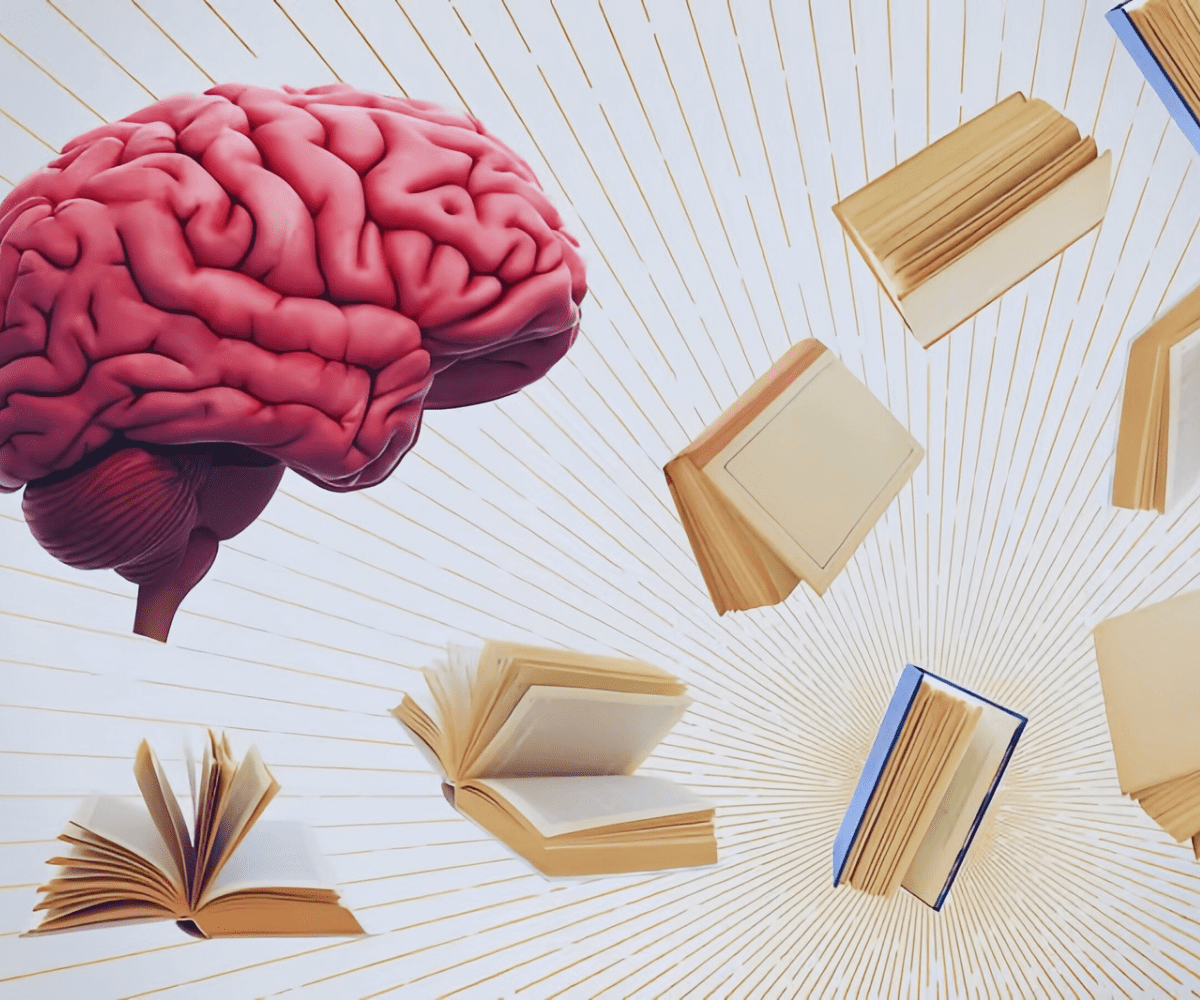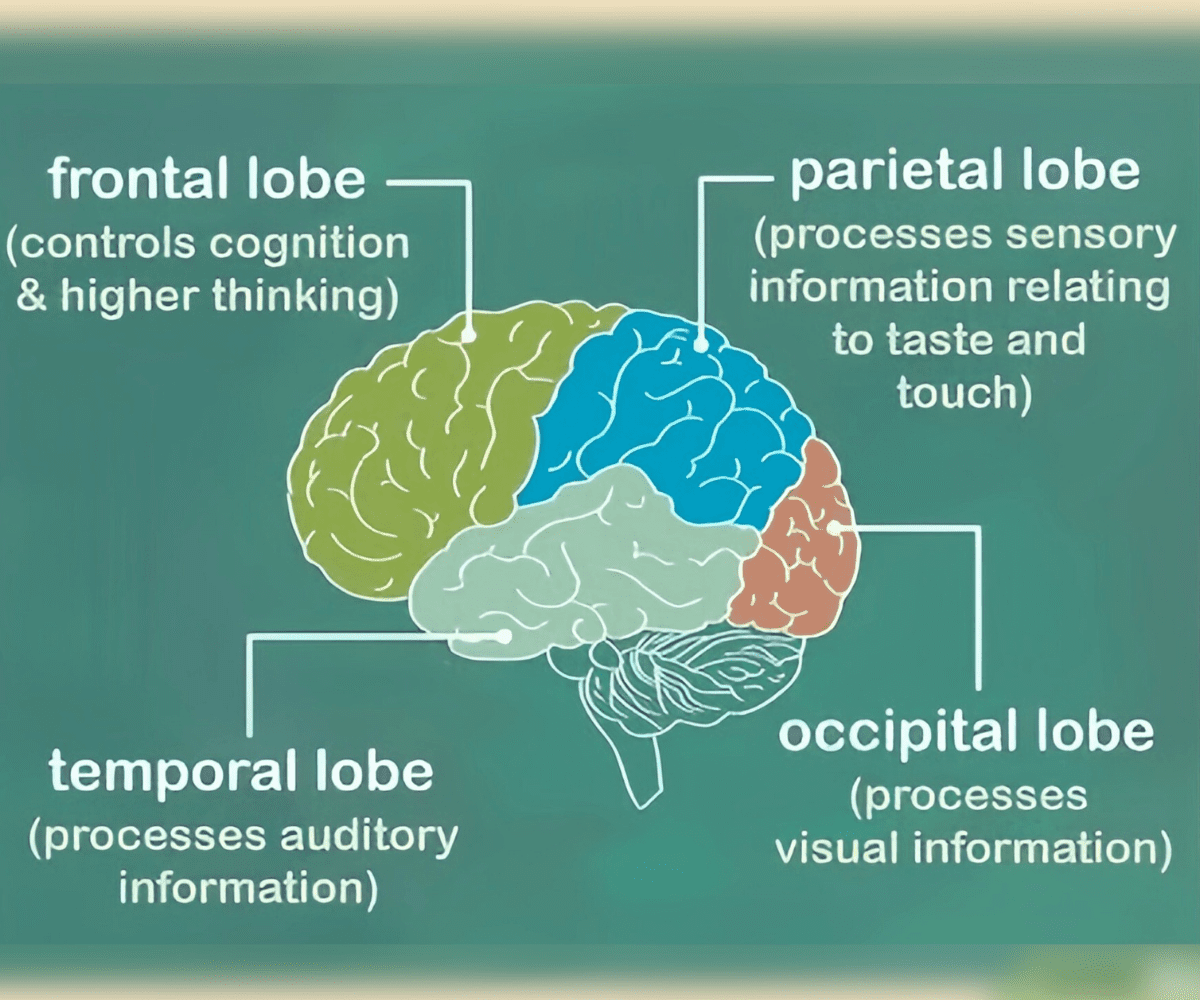The human brain is a remarkable and complex organ that has long been a subject of fascination and study. The brain is like our body’s boss. It does lots of things, like helping us feel and move, and think. Scientists study it to learn more about how it works, which helps us understand ourselves better.


Study Brain: The Structure of the Brain
The brain is composed of three main parts: the cerebrum, the cerebellum, and the brainstem. Each of these components has an important job in how the brain works as a whole.
The Cerebrum
- The cerebrum, which is the biggest part of the brain, is split into two halves called the left hemisphere and the right hemisphere.
- The cerebrum is responsible for higher-order cognitive functions, such as problem-solving, decision-making, language, and memory.
- The cerebrum is further divided into four lobes: the frontal lobe, the parietal lobe, the temporal lobe, and the occipital lobe, each with its own specialized functions.
The Cerebellum
- The cerebellum is located at the back of the brain, just below the cerebrum.
- The cerebellum mainly controls how you move and helps you stay balanced and stand straight.
- It also plays a role in cognitive and emotional processes, such as language and social behavior.
Brainstem
- The brainstem is the connection between the cerebrum and the spinal cord.
- It is responsible for vital functions, such as regulating breathing, heart rate, and blood pressure, as well as controlling basic reflexes and sleep-wake cycles.
Brain Cells and Neurotransmitters
The brain has two main types of cells: neurons and glial cells. Neurons are like the talkers in your brain. They send electricity to make your body work. Glial cells offer aid and safeguard for neurons. Neurons talk by releasing chemical messages known as neurotransmitters. These tiny messengers in the brain can either make other brain cells more active or slow them down. It’s important to have the right balance between activity and calmness for the brain to work well.
Some of the most important neurotransmitters in the brain include:
- Dopamine: Involved in reward, motivation, and attention.
- Serotonin: Regulates mood, sleep, and appetite.
- Norepinephrine: Involved in attention, arousal, and the stress response.
- Glutamate: The primary excitatory neurotransmitter in the brain.
- GABA: is the main neurotransmitter in the brain that helps to slow down brain activity.
Brain Plasticity
One cool thing about the brain is how it can change and adapt. It’s called brain plasticity. This means the brain can rearrange and change how it works when things around us change, when we learn, or when we experience new things.
Brain plasticity occurs throughout the lifespan, from early childhood to old age. It allows the brain to adapt to new challenges, learn new skills, and recover from injury or illness. Furthermore, the brain’s amazing power to do things has big effects on how we learn, remember stuff, and deal with brain problems.
Cognitive Functions and the Brain
The brain is responsible for a wide range of cognitive functions, including:
Memory
- The brain is responsible for storing and retrieving information, as well as forming new memories.
- Different regions of the brain, such as the hippocampus and the prefrontal cortex, play crucial roles in memory formation and recall.
Attention
- The brain is responsible for our ability to focus on relevant information and ignore distractions.
- The prefrontal cortex and the parietal lobe are particularly involved in attention-related processes.
Language
- The brain’s language functions are primarily located in the left hemisphere, with the frontal lobe (Broca’s area) and the temporal lobe (Wernicke’s area) playing key roles.
- These regions are responsible for the production and comprehension of language, respectively.
Decision-making
- The prefrontal cortex, particularly the dorsolateral prefrontal cortex, is involved in decision-making processes, including problem-solving and the evaluation of options.
Emotion
- The limbic system, which includes structures like the amygdala and the hippocampus, is responsible for the processing and regulation of emotions.
- The prefrontal cortex also plays a role in emotional regulation and decision-making.
The Developing Brain
The brain undergoes significant changes and development throughout the lifespan, with particularly rapid and critical changes occurring during the early years of life.
Prenatal Development
- During pregnancy, the brain begins to develop from the neural tube, a structure that forms in the first few weeks of gestation.
- The brain develops in a sequential manner, with different regions and functions emerging at different stages of development.
Childhood and Adolescence
- The brain continues to develop and mature throughout childhood and adolescence, with significant changes in the structure and function of the brain.
- In this time, the brain does a thing called “synaptic pruning.” It gets rid of connections between brain cells that aren’t used, making the ones that are used stronger.
- The prefrontal cortex, which is responsible for higher-order cognitive functions, is one of the last regions of the brain to fully mature, often not reaching full development until the early to mid-20s.
Aging and the Brain
- As we age, the brain undergoes a natural process of decline, with changes in the structure and function of the brain.
- This can lead to a gradual decline in cognitive abilities, such as memory and processing speed, as well as an increased risk of neurological disorders, such as Alzheimer’s disease.
- Studies have found that even as people get older, their brains can still change and learn new things. Doing activities that challenge your mind can help keep your brain working well.
Brain Disorders and Neurological Conditions
The brain is a complex and delicate organ, and it is susceptible to a wide range of disorders and neurological conditions. These can range from developmental disorders to neurodegenerative diseases and mental health conditions.
Developmental Disorders
- Autism spectrum disorder (ASD)
- Attention-deficit/hyperactivity disorder (ADHD)
- Learning disabilities
Neurological Disorders
- Alzheimer’s disease
- Parkinson’s disease
- Stroke
- Traumatic brain injury (TBI)
Mental Health Conditions
- Depression
- Anxiety disorders
- Schizophrenia
- Bipolar disorder
Researchers are working hard to figure out why people get these problems and how they happen. They’re also trying new ways to help make life better for those who have them.


The Future of Brain Research
Studying the brain is always changing. Moreover, we keep finding new things and getting better at it. Researchers are looking into lots of interesting stuff to learn more about the brain.
Neurotechnology and Brain-Computer Interfaces
- New high-tech stuff for the brain, like brain implants and computer-brain links, could change how we use tech and help with brain problems.
Neuroimaging and Computational Neuroscience
- New brain pictures are helping us learn a lot about how the brain works. We use machines like MRI and PET to take these pictures.
- Computational neuroscience mixes brain science and computer stuff. It helps scientists make fancy computer models of how the brain works.
Genetics and Personalized Medicine
- Scientists are studying how genes and tiny parts in our bodies affect how our brains work and why we get certain brain problems. This could lead to treatments that are made just for each person and aimed right at their specific issues.
- Progress in studying genes and personalized medicine could change how we find and treat brain problems.
Neuroplasticity and Cognitive Enhancement
- The brain can learn and change a lot during life. Moreover, this helps scientists study how to make thinking better and help people recover from brain injuries.
- Studying how the brain can change might help create new treatments and ways to help people better.
For more, Click here

